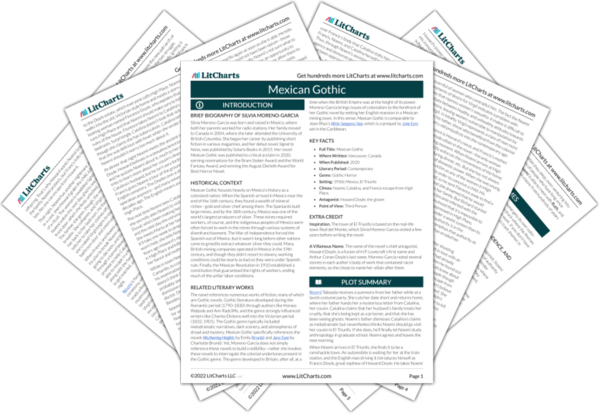It's finally explained why Ruth shot more people than just Howard—when he knew that his life was in danger, Howard sent his family to attack Ruth. Furthermore, Noemí’s declaration to carry Francis out if she needs to positions her as Francis’s knight-in-shining-armor, an appealing gender reversal in a novel that showcases the oppressive gender roles.
